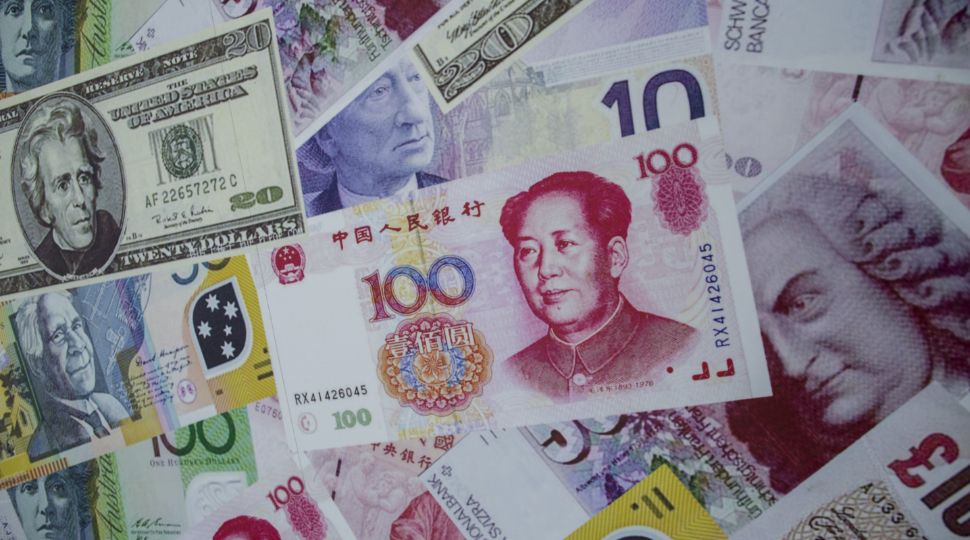Latest Yuan Depreciation Escalates U.S.-China Dispute

What new steps did China and the U.S. take?
U.S. President Donald Trump announced the U.S. would impose an additional 10% tariff from 1 September on items imported from China worth about $300 billion that had not yet been subject to the added duties. In doing so, the U.S. broke the trade truce Trump had agreed with Chinese leader Xi Jinping in June, escalating the dispute.
In response, the People’s Bank of China allowed the country’s currency to depreciate, exceeding the symbolic limit of 7 yuan per dollar for the first time since 2008. The bank cited an increase in market uncertainty, including additional customs barriers, as the reason for letting the yuan fall. Chinese enterprises have also suspended the purchase of agricultural products from the U.S. (amounting to $9 billion in 2018 and $20 billion in 2017). On the same day the currency crossed the symbolic threshold, the U.S. Treasury Department named China a “currency manipulator”.
Why escalate now?
Trump announced the introduction of the new duties because of a lack of progress in trade talks between the U.S. and China in Shanghai (30-31 July). The only official result was the announcement of the intention to continue talks in September in Washington. Although this was only the first round of negotiations since their resumption in June, the U.S. administration had already decided to increase the pressure on China. The Chinese authorities’ decision to weaken the yuan aims to mitigate the effects of the tariff war by increasing the competitiveness of Chinese exports.
The parties’ actions are also dictated by political considerations. Trump cannot afford to soften his position before the 2020 presidential election, and concessions from China’s authorities could have a negative impact on their image in Chinese society.
What might the next steps be in the dispute?
China will act cautiously, as evidenced by steps towards strengthening the yuan, e.g., by selling bonds. This will support, among others, enterprises indebted in dollars. The Chinese authorities, however, have demonstrated the instruments they have on hand and the effects of their use, mainly the declines on U.S. stock exchanges. In the event of a further escalation of the dispute, China may, for example, try to limit exports of rare earths, vital for certain industries, e.g., electronics.
On the other hand, currency manipulator status should jumpstart discussions with China on the matter. Further U.S. procedures may include the exclusion of Chinese companies from the American public procurement market. At the same time, there will be an argument to increase customs duties and intervene in the currency market. The U.S. may also further restrict Chinese companies’ access to American technology.
What does escalation mean for third countries?
The intensification of the trade conflict between the U.S. and China will have a negative impact on the already slowing global economy. It will lead to changes in production chains and increased costs and uncertainty, which in turn further deteriorate the investment climate. For Poland, of particular concern are decreasing industrial orders in Germany, its biggest export market. Cheaper imports from China due to the depreciation of the yuan may push third country producers, including those in Poland, out of international markets.
Although the general consequences of the dispute’s escalation may be negative for the global, EU, and Polish economy, for some groups, the currency fluctuations poses an opportunity, for example, for importers who may now be able to import cheaper products from China or exporters of agricultural products to China.






